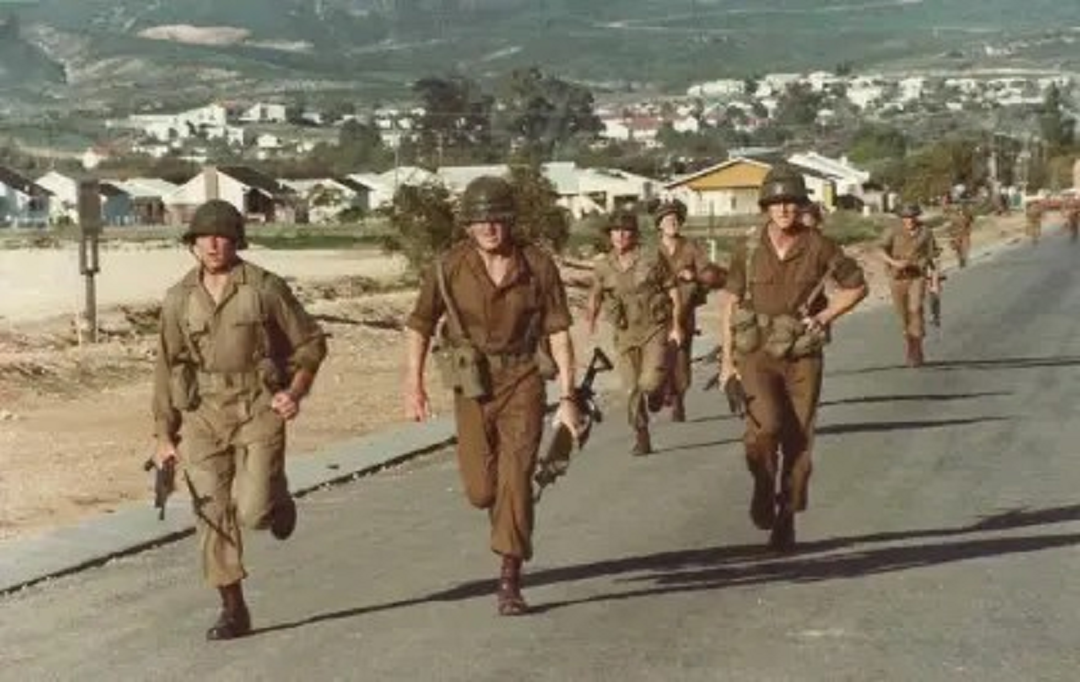
THE SOUTH AFRICAN BORDER WAR (1966–1989) MILITRAY STRATEGY AND LEGACY
The South African Border War, fought between 1966 and 1989, was a long and complex conflict primarily waged in Namibia (then South West Africa) and Angola. It pitted the South African Defence Force (SADF) against the People’s Liberation Army of Namibia (PLAN), the armed wing of the South West African People’s Organisation (SWAPO). Also known as the Angolan Bush War, it emerged from South Africa’s determination to maintain control over Namibia amid the global decolonization wave and Cold War rivalries. The war encompassed both guerrilla insurgencies and conventional battles, drawing in international actors such as Cuba and the Soviet Union on one side, and indirect support from the United States and its allies on the other. The conflict caused significant casualties, with estimates varying widely, and became a defining chapter in southern African military and political history.
Related Article: WAR WIDOWS AND FAMILIES AS SILENT STAKEHOLDERS IN DEFENSE
The origins of the war lay in South Africa’s continued occupation of Namibia after World War I, defying United Nations mandates that called for decolonization and international oversight. By the mid-1960s, SWAPO had launched an armed struggle for Namibian independence, prompting South Africa to deploy troops to suppress the uprising. The conflict escalated dramatically after Angola gained independence in 1975. The newly established Marxist-Leninist government, led by the People’s Movement for the Liberation of Angola (MPLA), aligned with the Soviet bloc and granted bases to SWAPO’s PLAN fighters. In response, South Africa extended its operations across the Angolan border, transforming what had begun as a localized insurgency into a broad regional war.
The SADF’s military strategy emphasized mobility, superior technology, and aggressive counter-insurgency tactics to combat PLAN’s guerrilla warfare. Mechanized infantry units equipped with Ratel armored vehicles, supported by artillery and air power, formed the backbone of South African operations. Elite units such as the Reconnaissance Commandos (Recces) conducted deep-penetration raids, sabotage missions, and intelligence gathering far beyond national borders. Air superiority proved crucial, with Mirage and Impala aircraft conducting precision strikes and close air support.
In contrast, PLAN and its allies relied on asymmetric tactics designed to wear down the technologically superior SADF. Guerrilla fighters carried out ambushes, sabotage operations, and landmine campaigns across the porous Namibian–Angolan frontier. With backing from Cuban troops and Soviet-supplied weaponry such as MiG-23 fighter jets and T-55 tanks, the Angolan army (FAPLA) gradually evolved into a formidable conventional force. The late 1980s saw a shift from guerrilla warfare to large-scale conventional battles, most notably the Battle of Cuito Cuanavale (1987–1988). This decisive engagement marked one of the largest conventional battles in Africa since World War II.
Several major operations defined the course of the war. Operation Savannah (1975–1976) marked South Africa’s first large-scale incursion into Angola, supporting UNITA and FNLA forces against the Soviet- and Cuban-backed MPLA. Despite initial tactical successes, South Africa withdrew under international diplomatic pressure. Throughout the 1980s, the SADF launched increasingly ambitious cross-border campaigns, including Operations Askari, Modular, and Hooper, which saw intense engagements between South African and Cuban-FAPLA forces. These operations showcased South Africa’s superior training and mobility but also exposed its vulnerabilities to advanced air defenses and overwhelming numerical opposition.
Foreign involvement shaped the conflict’s trajectory as much as its military campaigns. Cuba deployed over 50,000 troops to Angola at its peak, providing combat experience, air defenses, and logistical support that proved decisive in key confrontations. The Soviet Union supplied weapons, training, and advisors, transforming the Angolan armed forces into a regional power. Meanwhile, South Africa, despite its pariah status due to apartheid, received covert intelligence, funding, and limited military technology from Western nations concerned about communist expansion in Africa. The internationalization of the conflict elevated its stakes, leading to a complex interplay of diplomacy and proxy warfare.
The war formally ended in 1989 with the enforcement of UN Resolution 435, the withdrawal of South African troops, and the supervision of free elections in Namibia under UN monitoring. Namibia achieved independence in 1990, marking a decisive end to South African regional dominance. The conclusion of the war also hastened the unraveling of apartheid, as its economic burden and the loss of regional influence weakened Pretoria’s internal control. Many veterans returned home disillusioned, and the conflict left a lasting psychological and cultural imprint on South African society.
Today, the legacy of the South African Border War remains deeply contested. For some, it symbolizes resistance to communism; for others, it represents an unjust colonial intervention. Its historiography reflects these divisions, oscillating between narratives of heroism and imperial overreach. Beyond politics, the war’s outcomes reshaped southern Africa ushering in Namibia’s independence, contributing to the end of apartheid, and serving as a reminder of the destructive consequences of proxy warfare in the Cold War era.
King Richard Igimoh, Group Editor ALO
King Richard Igimoh, Group Editor African Leadership Organisation is an award-winning journalist, editor, and publisher with over two decades of expertise in political, defence, and international affairs reporting. As Group Editor of the African Leadership Organisation—publishers of African Leadership Magazine, African Defence & Security Magazine, and Africa Projects Magazine—he delivers incisive coverage that amplifies Africa’s voice in global security, policy, and leadership discourse. He provides frontline editorial coverage of high-profile international events, including the ALM Persons of the Year, the African Summit, and the African Business and Leadership Awards (ABLA) in London, as well as the International Forum for African and Caribbean Leadership (IFAL) in New York City during the United Nations General Assembly.
Recent Posts
Categories
- Air & Aerospace15
- Border Security14
- Civil Security3
- Civil Wars4
- Crisis4
- Cyber Security4
- Defense15
- Diplomacy17
- Entrepreneurship1
- Events5
- Global Security Watch6
- Industry6
- Land & Army7
- Leadership & Training3
- Military Aviation2
- Military History27
- Military Speeches1
- Naval & Maritime8
- Resources1
- Security12
- Special Forces1
- Systems And Technology8
- Tech6
- Uncategorized3
- UNSC1
- Veterans6
- Women in Defence9
Related Articles
ONLINE WAR COLLEGES: CAN AFRICA BENEFIT FROM DIGITAL LEARNING?
Africa’s militaries face a pressing paradox: they are among the most active...
ByKing Richard Igimoh, Group Editor ALONovember 17, 2025WAR WIDOWS AND FAMILIES AS SILENT STAKEHOLDERS IN DEFENSE
When the last shots of a war are fired, the battle rarely...
ByKing Richard Igimoh, Group Editor ALOOctober 13, 2025THE SILENT CRISIS: PTSD AMONG AFRICA’S MILITARY VETERANS
Across Africa, where wars and insurgencies have scarred nations for decades, a...
ByKing Richard Igimoh, Group Editor ALOSeptember 19, 2025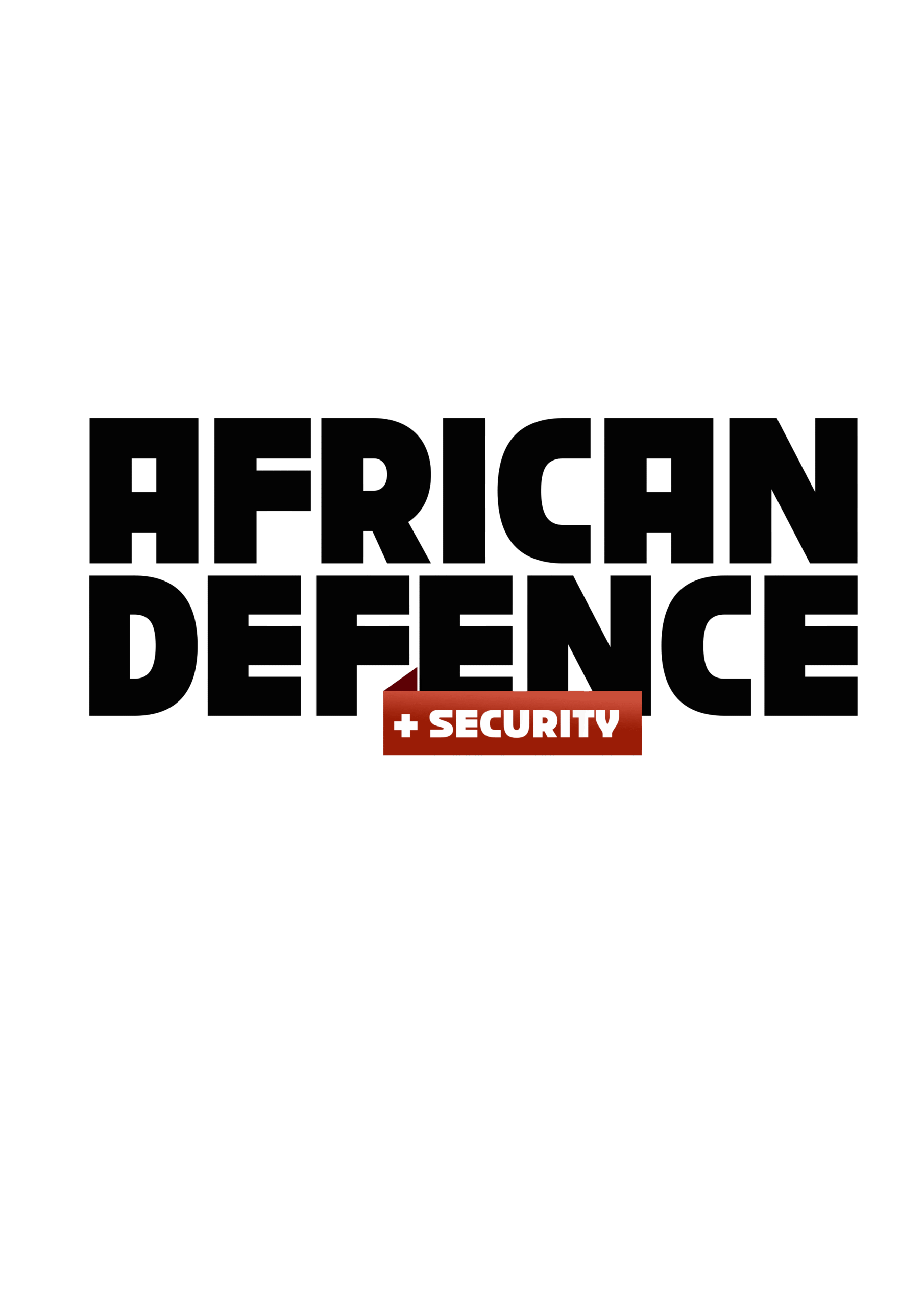
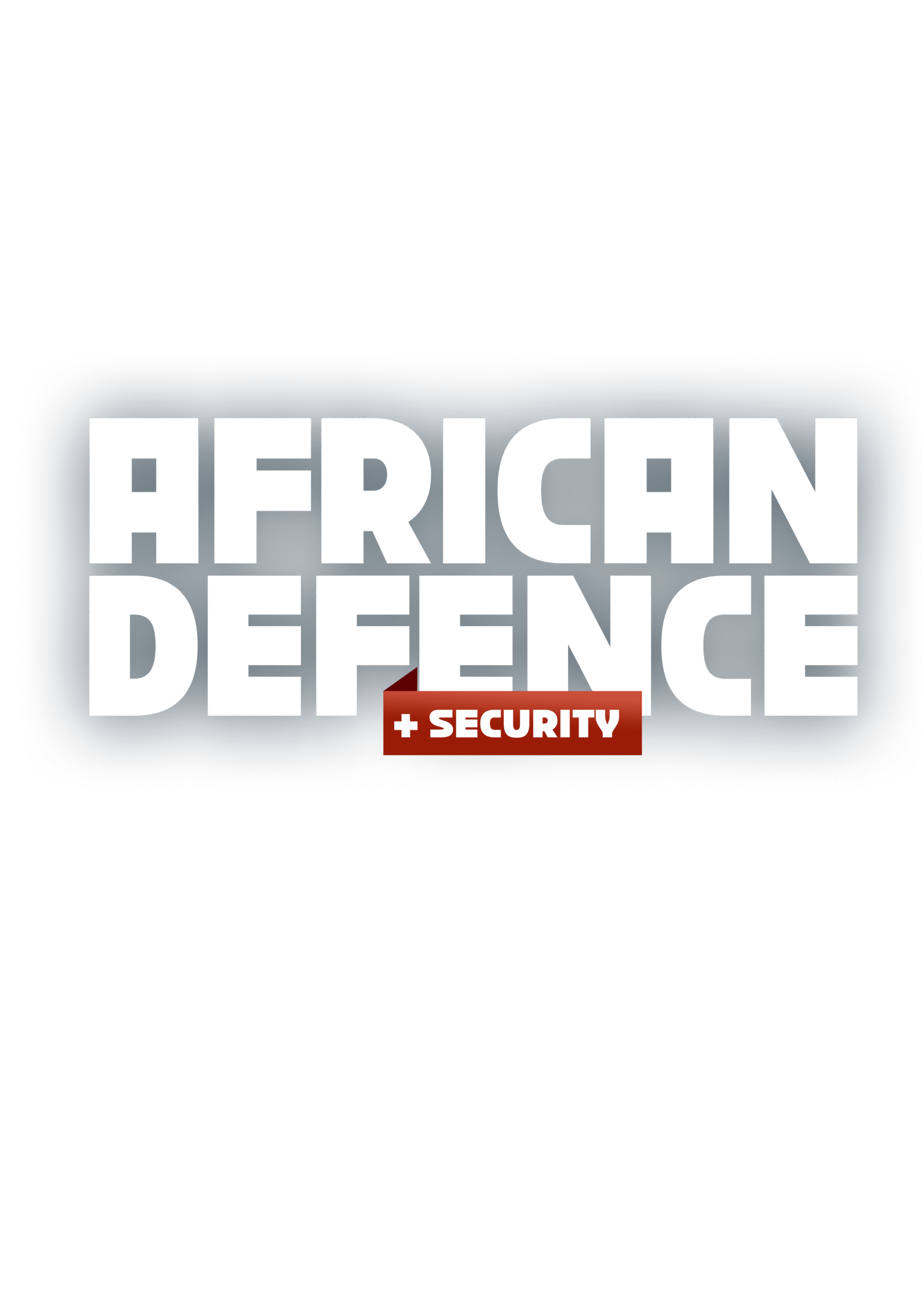
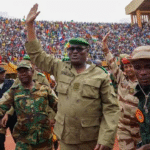
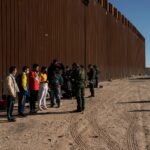

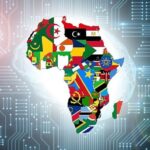
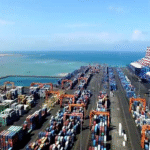
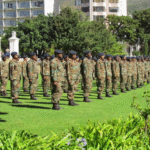


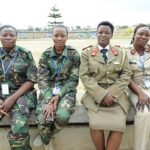
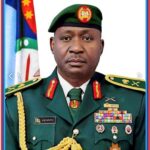
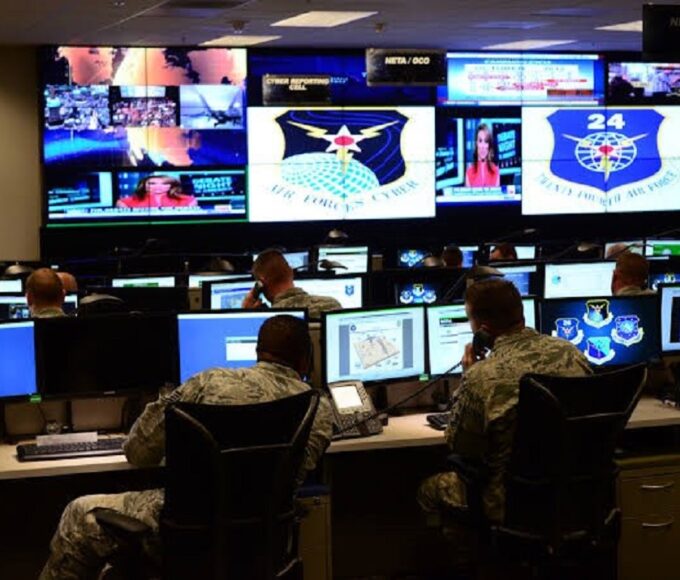
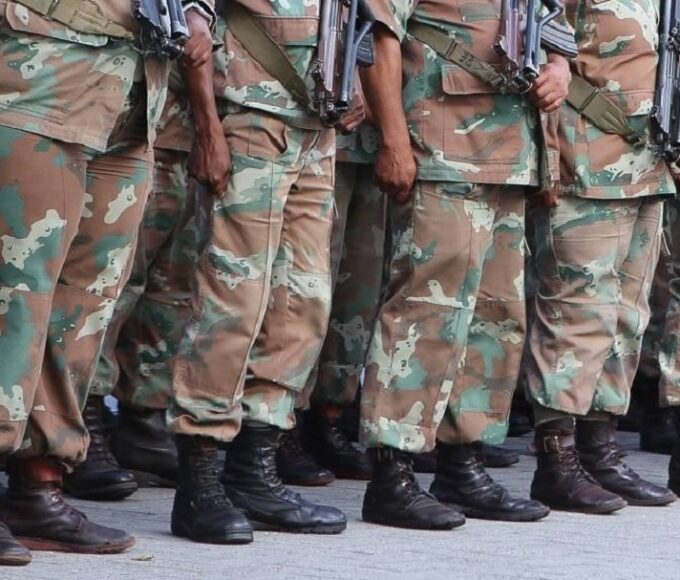
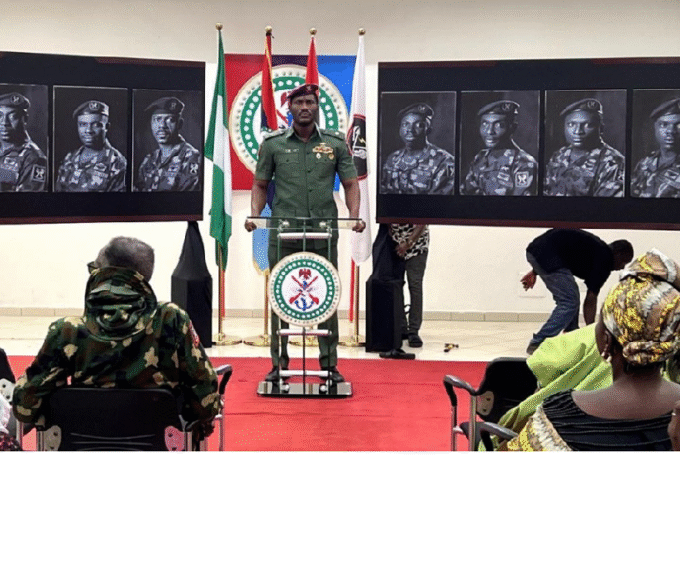
Leave a comment